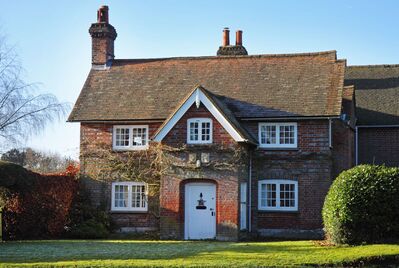Could going 'small' solve the big housing problem?

The UK has a huge housing problem, and its impact is felt in our local area too.
According to various reports, more than four million homes must be built to cope with growing demand.
But could one of the solutions to this big problem be provided by thinking small, to be precise, thinking tiny?
Tiny living getting larger
The concept of ‘tiny living’ or the ‘tiny house movement’ – the lifestyle shift towards downsizing and living more simply – is not new, but it’s gaining momentum in the UK.
As house prices remain high, mortgage rates increase and environmental consciousness grows, more people are considering this alternative way of living.
But what is the tiny house movement, and why is it gaining popularity?
According to the Department for Levelling Up, the average floor area of a UK home has decreased by almost 16% over the last five years, from 104.6 square metres to 87.9 square metres.
A tiny home is typically sized under 37 square metres.
For some, it’s a response to unaffordable housing markets and the desire for a simpler, more sustainable lifestyle.
Saving money and the planet?
For many, the appeal of tiny houses lies in financial freedom.
With their compact size, tiny homes require less material to build and less energy to maintain, reducing the initial investment and ongoing costs.
Additionally, a smaller space encourages minimalistic living, freeing residents from the burden of unnecessary possessions.
Sustainability is another big driver.
Tiny living is more eco-friendly than traditional housing by using fewer resources and producing less waste.
Changing the face of housing
Tiny living requires a specific lifestyle adjustment, and it’s certainly not appealing to everyone.
Limited space means efficient and innovative design solutions are needed; some may find the lack of storage and space challenging.
But overall, the tiny house movement offers an intriguing alternative to the UK’s housing challenges.
And as awareness grows and regulations evolve, tiny living may become a bigger, more visible part of the UK’s housing landscape.






